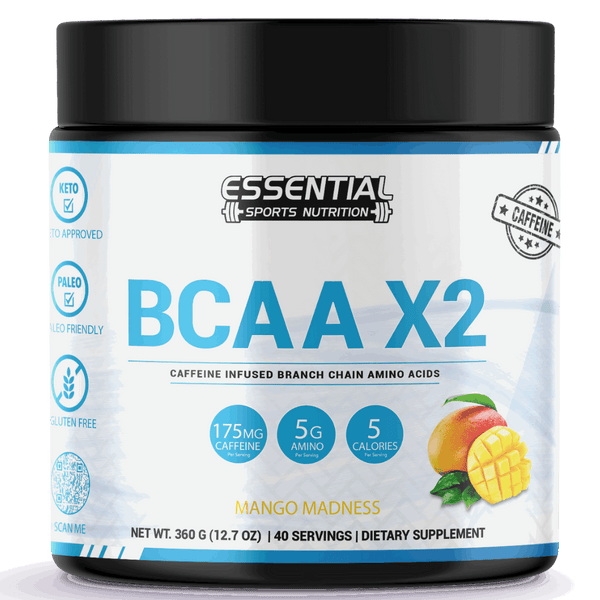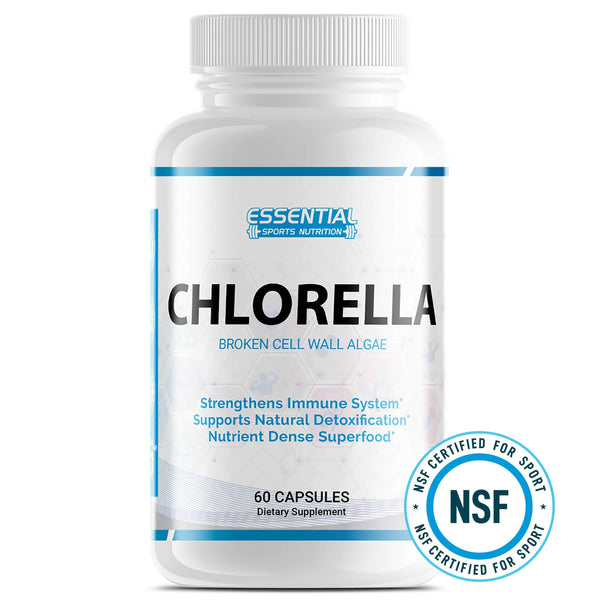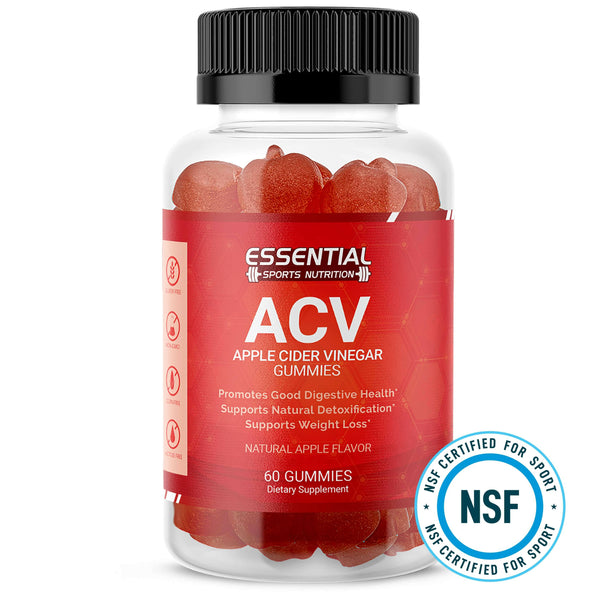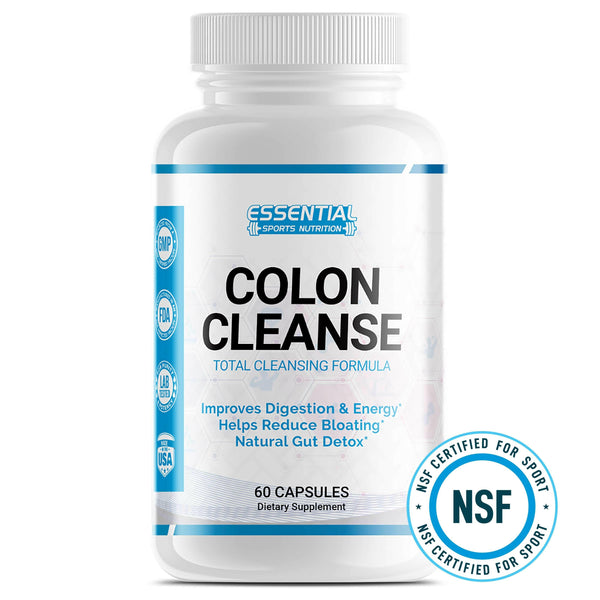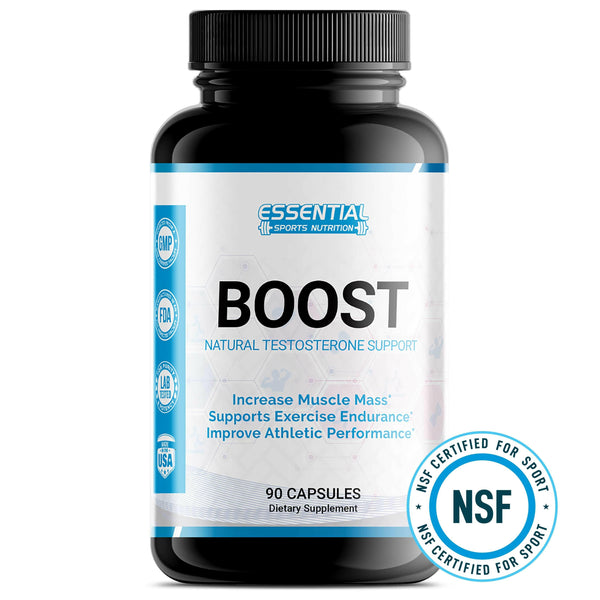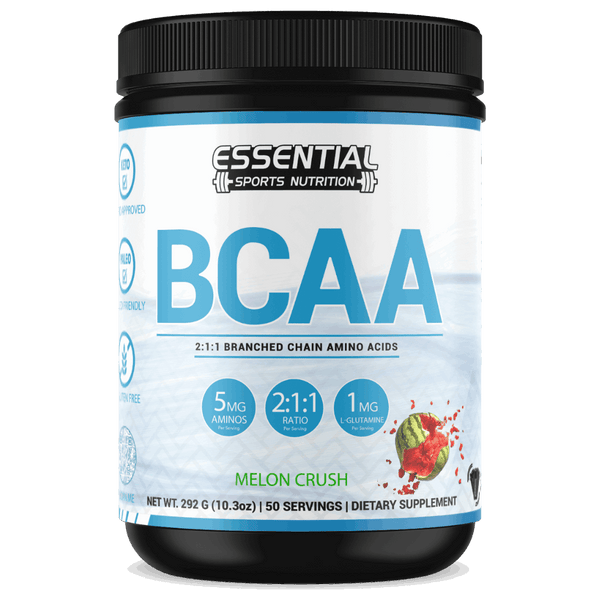Learn the Basics: How to Start a Low-Fat Diet Plan Easily
To start a low-fat diet, aim for no more than 30% of your daily calories from fat. Focus on nutrient-dense foods like lean meats, egg whites, fruits, vegetables, and legumes. Limit saturated fats and avoid trans fats. Include healthy unsaturated fats from sources like avocados and nuts. For balanced nutrition, calculate your daily calorie needs and recommended fat intake based on personal factors such as age and activity level. Make meal planning a priority, emphasizing portion control and various colorful foods. Consult healthcare providers for tailored advice. Follow these guidelines for heart health and overall wellness.

Key Takeaways
-
Determine your daily calorie and fat intake based on personal factors like age, weight, and activity level.
-
Focus on nutrient-dense foods such as fruits, vegetables, lean proteins, and whole grains.
-
Replace high-fat items with healthier options and use nonfat or low-fat dairy products.
-
Incorporate unsaturated fats from sources like avocados, nuts, seeds, and fatty fish.
-
Practice low-fat cooking techniques like baking, broiling, and using herbs and spices for flavor.
Understanding Low-Fat Diets
A low-fat diet involves consuming no more than 30% of your daily calories from fat, focusing on nutrient-dense foods like egg whites, fruits, lean meats, legumes, and vegetables. This dietary approach is designed to support a healthy heart by reducing LDL cholesterol levels, which is critical for managing your cardiovascular health. Research indicates that a low-fat diet can lower your risk of heart disease and aid in cancer prevention, making it a healthy choice for long-term wellness.
When following a low-fat diet, your meal planning should emphasize portion control and a colorful variety of foods. Incorporating low-fat foods such as vegetables, fruits, and lean protein sources can help you stay within your calorie goals while ensuring nutrient adequacy. Cooking methods also matter; opt for grilling or roasting instead of frying to keep your meals healthy and flavorful.
To maximize the benefits of a low-fat diet, be mindful of the types of fats you consume. Prioritize healthy fats from sources like nuts and avocados in moderation. By understanding these principles, you can effectively plan meals that support your health goals and maintain a balanced diet.
Setting Your Nutrition Goals

When setting your nutrition goals for a low-fat diet, determine your daily calorie intake to ensure you meet your energy needs. Then, identify healthy fat sources like avocados and nuts to include in your diet while balancing your macronutrient ratios for the best health. Consulting a dietitian can help you tailor these goals to your specific needs and monitor your progress effectively.
Define Daily Calorie Intake
To define your daily calorie intake, consider key factors like age, gender, weight, and activity level to ensure your nutrition goals are realistic and effective. For a low-fat diet plan, it's important to calculate the recommended percentage of calories from fat. Typically, this should be between 20% and 35% of your total daily calorie intake. For example, if you're following a 2,000-calorie diet, aim for a daily fat intake range of 44 to 77 grams.
Consulting with a healthcare provider or dietitian can help you set personalized nutrition goals tailored to your specific needs. They can guide you in determining the right balance of macronutrients to meet your dietary objectives. Tools like MyNetDiary are also valuable for customizing your targets for fat, protein, and carbohydrates. By using these tools, you can track your intake and adjust your diet accordingly.
Identify Healthy Fat Sources
Identifying healthy fat sources is crucial for achieving your low-fat diet goals while guaranteeing you receive essential nutrients. To make the most of your low-fat diet, focus on incorporating unsaturated fats, which are known to support heart health and overall well-being. Sources of these beneficial fats include avocados, nuts, seeds, and fatty fish like salmon and mackerel. These foods provide essential nutrients without the high levels of saturated fats and trans fats found in many processed foods.
To set specific nutrition goals, aim to reduce your intake of saturated fats and trans fats. Saturated fats are commonly found in animal products such as butter, cheese, and red meat, while trans fats are often present in fried foods and baked goods. Both types of fats can raise your cholesterol levels and increase the risk of heart disease. Instead, prioritize healthy fat sources rich in unsaturated fats to promote cardiovascular health.
Using tools like MyNetDiary can help you track your fat consumption and ensure you're meeting your low-fat diet goals. Additionally, consulting with a healthcare provider or registered dietitian can offer personalized guidance to tailor your eating plan to your individual health needs and goals.
Balance Macronutrient Ratios
Balancing your macronutrient ratios is vital for setting effective nutrition goals and achieving success on a low-fat diet. To start, determine your daily calorie needs. For a standard 2,000 calorie diet, aim to consume 20%-35% of your calories from fat, which translates to about 44 to 77 grams of fat daily. This range helps ensure you get enough essential fats without exceeding your low-fat diet goals.
Adjust your macronutrient ratios to prioritize lower fat intake while maintaining overall balanced nutrition. Monitoring your fat consumption is essential. Make it a habit to read nutrition labels for fat content and track your daily intake. This practice will help you stay within your desired fat limits and make healthier food choices.
Consulting a healthcare provider or dietitian can provide personalized advice tailored to your specific health needs. They can help you fine-tune your macronutrient ratios and set realistic, sustainable, low-fat diet goals. Every person's nutritional requirements are unique, so professional guidance is invaluable in creating a diet plan that supports your overall well-being.
Stocking Your Kitchen

Creating a low-fat kitchen starts with removing high-fat items like butter, lard, and fatty meats and replacing them with healthier alternatives such as fruits, vegetables, lean proteins, and whole grains. Stocking up on these low-fat foods can greatly reduce your overall fat intake and improve your diet's nutritional profile. Aim to fill your pantry with whole grains like brown rice, quinoa, and oats, which provide essential fiber and nutrients.
Incorporate a variety of fruits and vegetables to ensure a broad spectrum of vitamins and minerals. Lean proteins, such as skinless poultry, fish, beans, and legumes, should be staples in your kitchen. These proteins are lower in fat compared to red meats and are excellent for maintaining muscle mass and overall health.
Include nonfat or low-fat dairy products like milk, yogurt, and cheese to meet your calcium needs without the extra fat. Opt for healthier cooking oils such as olive oil, canola oil, or avocado oil, which are rich in monounsaturated fats. Keeping nuts and seeds on hand also provides essential fatty acids necessary for a balanced diet. By thoughtfully stocking your kitchen, you'll be well-equipped to maintain a low-fat diet.
Choosing Healthy Fats

When choosing healthy fats, focus on incorporating unsaturated fats from sources like nuts, seeds, avocados, and fatty fish to enhance heart health. Unsaturated fats are beneficial because they can help lower LDL cholesterol levels, reducing the risk of heart disease. You should limit your intake of saturated fats found in red meat, butter, and full-fat dairy, as these can raise LDL cholesterol, adversely affecting cardiovascular health.
Incorporate monounsaturated fats using oils such as olive, canola, and avocado in your cooking. These fats offer heart-protective benefits and add flavor and nutritional value to your meals. Additionally, polyunsaturated fats, including omega-3 fatty acids found in salmon, flaxseeds, and walnuts, have anti-inflammatory properties and can further support heart health.
Be mindful of portion sizes when consuming these healthy fats. Even though they're beneficial, fats are calorie-dense, meaning they contain a high number of calories per gram. Overconsumption can lead to weight gain, counteracting the potential health benefits. By carefully selecting and moderating your intake of healthy fats, you can effectively support your low-fat diet and overall well-being.
Low-Fat Cooking Techniques

To further support your low-fat diet, employing low-fat cooking techniques is key to maintaining nutritional balance while enhancing flavor. One of the simplest methods is to trim visible fat from meats and remove poultry skin before cooking. This step reduces the overall fat content of your meals.
Opt for baking, broiling, or grilling instead of frying. These methods use less oil and allow excess fats to drip away, making your meals healthier. When preparing soups and stews, refrigerate them beforehand to remove the hardened fat from the surface easily.
Enhancing vegetable flavors can make a big difference. Use lemon juice, herbs, and spices instead of high-fat sauces to add zest without extra calories. Swap out sour cream with nonfat yogurt and chives for dishes like potatoes, providing a creamy texture without the added fat.
Here's a quick reference table for these techniques:
| Technique | Description | Benefit |
|---|---|---|
| Trim visible fat | Remove fat and skin from meats | Reduces fat content |
| Baking, broiling, grilling | Cooking methods that use less oil | Minimizes added fats |
| Refrigerate soups | Chill to remove hardened fat | Lowers fat content |
| Enhance vegetable flavors | Use lemon juice, herbs, and spices | Adds flavor without calories |
| Swap out sour cream | Use nonfat yogurt and chives | Lower-fat alternative |
Eating Out Tips

Managing a low-fat diet while dining out can be challenging, but with a few strategic choices, you can enjoy a healthy meal without compromising your dietary goals. When selecting your main course, opt for grilled or broiled fish or chicken. These cooking methods minimize added fats, making your dish healthier. Request that your meal be prepared without extra oils, butter, or heavy sauces to further reduce fat intake.
Salads can be a great low-fat option, but be cautious with dressings. Always ask for low-fat dressing on the side. This allows you to control the amount you use, keeping your meal light and healthy. For dessert, avoid high-fat options and instead choose fresh fruit or nonfat frozen yogurt. These alternatives satisfy your sweet tooth without adding unnecessary fat.
Stay clear of fried foods and sautéed foods, as they often contain hidden fats. Similarly, dishes with heavy sauces or gravies should be avoided because they can quickly increase the fat content of your meal. By making these mindful choices, you can maintain your low-fat eating plan even when dining out.
Sample Meal Plan

Crafting a balanced and varied low-fat meal plan can help you meet your nutritional needs while keeping your fat intake in check. A well-structured meal plan simplifies your daily routine and promotes portion control and healthy choices. For breakfast, you might enjoy oatmeal topped with colorful fruits like berries, which are nutrient-rich and low in fat. A turkey and veggie wrap can make a satisfying lunch, providing lean protein and fiber from the vegetables. Consider grilled chicken paired with quinoa and steamed vegetables for dinner to keep your meal low-fat yet filling. Snacks like Greek yogurt with a drizzle of honey can offer a nutritious boost between meals.
Planning meals and prepping ingredients in advance can help you stay on track with your low-fat diet. It reduces the temptation to reach for unhealthy options and ensures you have nutrient-rich, ready-to-eat meals. Remember, variety is key to meeting all your nutritional needs.
-
Incorporate a mix of colorful fruits and vegetables in each meal for essential vitamins and minerals.
-
Opt for lean protein sources such as skinless poultry, fish, and legumes.
-
Practice portion control to manage calorie intake and maintain a healthy weight.
Finding Support

Engaging with a support network can greatly enhance your adherence to a low-fat diet by providing encouragement, accountability, and shared knowledge. Connecting with friends, family, or like-minded individuals who are also following a low-fat diet can offer mutual motivation and shared experiences. This collective effort makes it easier to stay committed to your dietary goals.
For personalized support, seek guidance from registered dietitians or healthcare providers. These professionals can offer tailored advice and strategies to help you navigate your low-fat diet effectively. They can also help with meal preparation tips and ensure your nutritional needs are met.
Utilizing resources like MyNetDiary's community forums can provide ongoing support. These forums often feature recipes, expert articles, and discussions that can enhance your knowledge and keep you motivated. Joining cooking classes or workshops focused on low-fat cooking techniques can also be beneficial. These classes not only teach valuable skills but also introduce you to a community of individuals with similar goals.
Conclusion

Starting on a low-fat diet doesn't have to be a Herculean task. By understanding your nutritional goals, stocking up on healthy ingredients, and mastering low-fat cooking techniques, you're well on your way to success. Remember, even Odysseus needed a plan and support. With mindful choices and perhaps a supportive community, you'll navigate dining out and daily meals with ease. Armed with knowledge and determination, you can transform your health and enjoy the journey.
Start a Low-Fat Diet and Low-Fat Food FAQs
Q: What is a low-fat diet?
A: A low-fat diet focuses on reducing the amount of dietary fat consumed, particularly saturated fat and total fat. It involves eating foods that are naturally low in fat or choosing reduced-fat options.
Q: Why should I start a low-fat diet?
A: Starting a low-fat diet may have various benefits, including weight management, reducing the risk for heart disease, and promoting overall health. It can help in limiting fat intake and promoting a well-balanced diet.
Q: What foods are considered low-fat?
A: Low-fat foods include fat-free or skim milk, lean cuts of meat, salads with light dressings, and cereals with reduced fat content. It's important to check the nutrition labels for the amount of fat in each serving.
Q: How can I eat less fat in my diet?
A: You can eat less fat by choosing lean protein sources, cutting back on high-fat snacks, using vegetable oils in cooking, and opting for foods that are naturally low in fat. It's also essential to limit the amount of saturated fat consumed.
Q: What should I consider when starting a low-fat eating plan?
A: When starting a low-fat eating plan, consider your health condition, consult with your healthcare provider if needed, and address any questions or concerns you may have. Aim to follow a diet that meets your body's nutritional needs.
Q: How much fat should I consume on a low-fat diet?
A: On a low-fat diet, aim to consume no more than 3 grams of fat per serving for each food item. It's important to be mindful of the total fat intake throughout the day and opt for foods that are low in fat content.
Q: Are there specific foods I should avoid on a low-fat diet?
A: Foods high in saturated fats, such as certain cuts of meat, full-fat dairy products, and processed foods, should be limited on a low-fat diet. Instead, focus on options that are low in fat and provide essential nutrients.
Q: What Can You Eat on a Low-Fat Diet?
A: You can eat fruits, vegetables, lean proteins, whole grains, and low-fat dairy. Avoid high-fat foods like fried items, full-fat dairy, and fatty meats. Incorporate healthy fats, such as nuts and olive oil, in moderation.
Q: How Do I Transition to a Low-Fat Diet?
A: To shift to a low-fat diet, gradually reduce high-fat foods and replace them with healthier options. Focus on whole, unprocessed foods, cook at home, and use tools like MyNetDiary to monitor your fat intake accurately.
Q: Can I Lose Weight on a Low-Fat Diet?
A: Imagine your body as a finely tuned car. Just as premium fuel optimizes performance, a low-fat diet can help you lose weight by reducing calorie intake and improving heart health, especially when combined with regular exercise.
Q: What Are the Requirements for a Low-Fat Diet?
A: You need to consume 30% or fewer calories from fat, with saturated fats limited to 5-6%. Focus on egg whites, fruits, lean meats, legumes, and vegetables. Use portion control, colorful variety, and healthier cooking methods.



